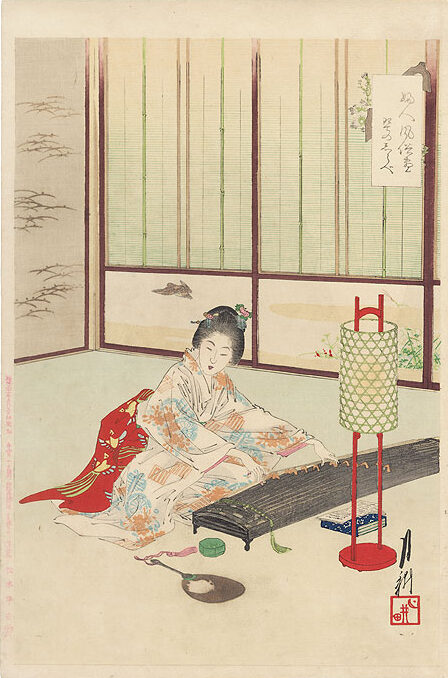Did you know Japanese tea rooms were originally designed to help warlords chill out after a long day of… well, pillaging?
Seriously.
Picture it: you’ve just come from some light conquering. Your armor’s squeaky, your sword’s sticky, and your stress levels are sky high. Then someone invites you for a nice cup of tea. But not just any tea. We’re talking about the slowest, most thought-out, meditative beverage ritual in the history of beverages.
It all starts in the garden—because of course it does. The path to the tea room is a trail of stepping stones placed specifically to get you to slow down and take weird little detours, like a zen labyrinth designed by someone who definitely owns too many moss rakes.
By the time you reach the entrance, you’re already relaxed… and then it gets cuter. The door? Tiny. Like, Alice in Wonderland rabbit-hole tiny. It’s called a nijiriguchi, and yes, you have to crawl through it. Imagine a hardened samurai commander, armor and all, shuffling in on hands and knees like a sheepish toddler. Instant ego reset.
Once inside? The room is smaller than your average café bathroom. You sit close—really close. No phones. No distractions. Just you, the host, and maybe two other people silently thinking, “Is it weird to cry over how good this tea smells?”
The tea ceremony isn’t just about tea. It’s about paying attention—to the motion of the host, the placement of the cups, the tiny seasonal flower in the alcove. It’s a lesson in Ichigo Ichie—a Japanese concept meaning “one time, one meeting.” This moment will never happen again quite the same way, so don’t mess it up by thinking about emails.
And suddenly, you’ve forgotten your title, your to-do list, your LinkedIn profile. You’re just a person, sipping something warm, marveling at the quiet, subtle beauty around you.
Disney wishes it were this immersive.
Painting of a woman playing the koto by Kiyokata (1873 – 1945)


Leave a Reply